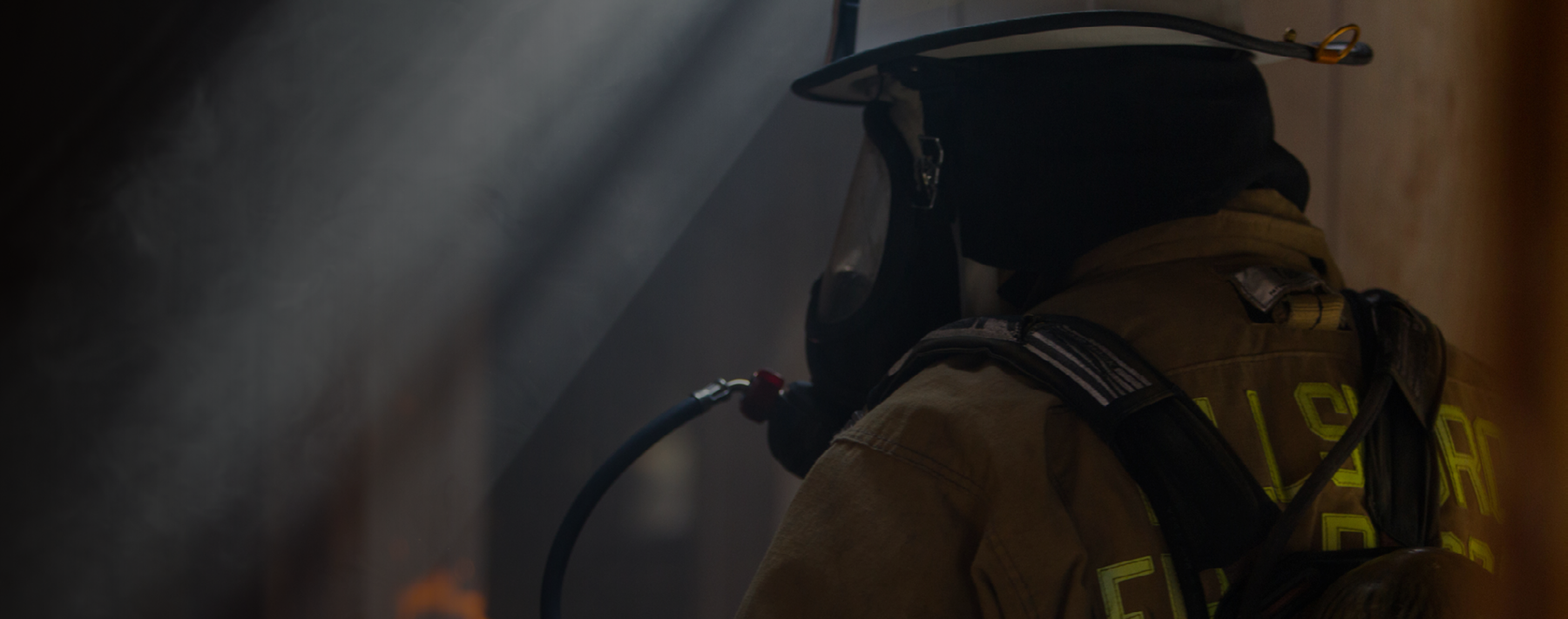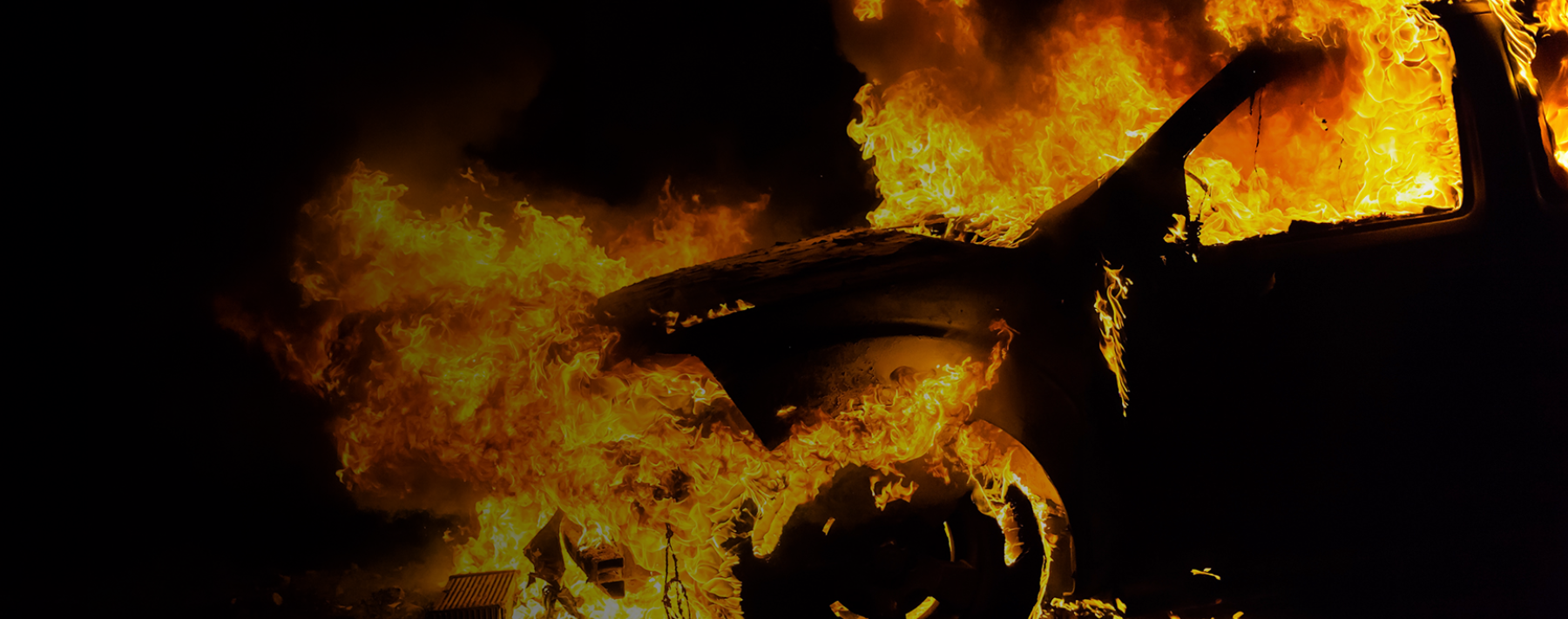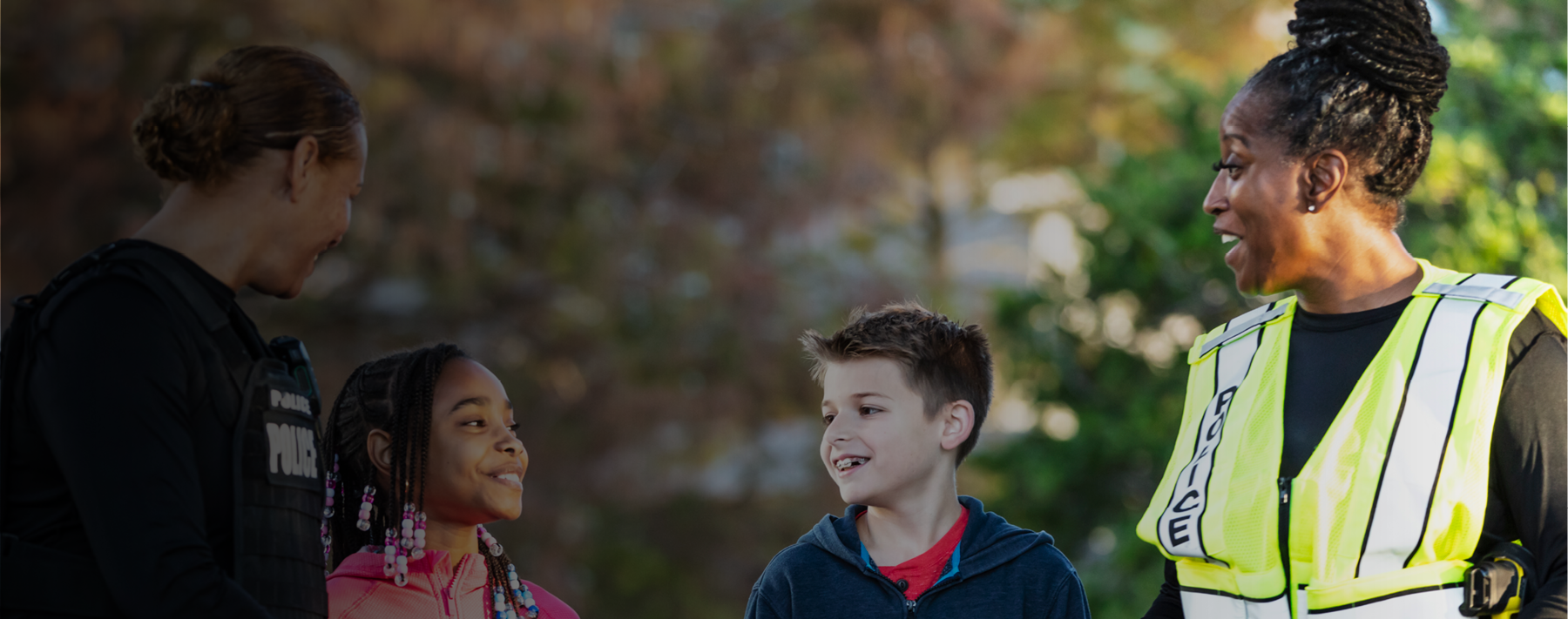You’re a chief officer now, congratulations! You’re at the top of your organization’s ladder, so it’s “easy street” now, right? Wrong!
Chances are you got the position because you worked harder than others and advanced your career with schooling and specialized fire-related training while off-duty. You worked extra projects and assignments that took you away from your family and personal life. In your early stages as a firefighter, you were proudly known as the one who was “first in and last out” during fires and incidents.
You eat, breathe and sleep the fire service—a truly dedicated individual. And that’s good for you and those you serve, right? Wrong again!
Fire service personnel have a higher risk of heart disease compared to nonfirefighters. And the stress you face as a chief officer could further increase your risk.
No one knows what I’m talking about unless you’ve been there, done that. City managers, council and board members, labor and community groups all chomping at you at one time or another. It’s a 24/7 cycle. One week one group loves you; the next week they hate you. And the cycle rotates continuously.
You’re that “at will” employee on the chopping block at any given moment who wants to do right by the members of your organization and the community you serve—only to go home at night (while always on call) wondering who’s upset at you now.
Heart disease is the “silent killer,” and just staying fit is not protection enough.
How many times do you check your email when you’re off-duty or on vacation? Have you ever snapped at your spouse or family members because you were on edge about work? When you’ve been at dinner, a show or a concert, how many times did you check your phone to see if a member of your command staff or city manager was trying to contact you? What percentage of the time are you actually “present” at events, as opposed to subconsciously thinking about work?
Cardiovascular disease is the cause of 45% of firefighter line-of-duty deaths. Throw in the added stress of being a chief, and you just increase your chances of heart disease.
“Hey, wait a minute, Chief Sam, I work out and eat right, I got this!” Maybe, maybe not. Heart disease is the “silent killer,” and just staying fit is not protection enough. Many fire service personnel I know lead healthy lifestyles; however, prior to diagnosis they had no clue they had heart disease. Stress is a big contributing factor and most of the time we’re not aware it is invading us.
In a recent Fire Chief Magazine article, Chief John Buckman III shared 10 strategies to help cope with the stress of being a fire service leader. Here are my firefighter stress reduction takeaways from Chief Buckman’s article:
- Strive for genuine positivity. No one is happy all the time, but you can train your brain to think and react more positively. Positive thinking doesn’t involve ignoring the bad stuff, but rather facing it honestly and trying to find ways to react that empower you rather than making you feel defeated or pessimistic. In the fire service, we see a lot of suffering; we may lose fellow firefighters in tragic circumstances. We must be able to acknowledge our grief and pain, but we must be equally careful not to let it turn us bitter or jaded.
- Stay engaged. Fire service leadership is an active position—if you’re “checked out,” you’re never going to succeed. And while engaging may at first seem to add to your stress, it will help alleviate it in the long term because you’ll benefit from a sense of accomplishment, the trust and respect of your personnel, and the knowledge that you can change things for the better.
- Look out for your personnel and your colleagues. The growing conversation around firefighter mental and emotional health is a big step forward, but there are too many fire departments and firefighters stuck in the mindset that asking for help is a sign of weakness and being unfit for duty. As a fire service leader, you have the opportunity to model healthier behavior. When you’re grieving or feeling uncertain about what’s to come, don’t be afraid to share those emotions with your personnel. And keep an eye out for signs your personnel are struggling. We all need to take care of one another.
- Live in the present. Some days will be great, others will be disasters. It’s important to be able to let things go and move on. On a daily scale, living in the present means being able to be fully engaged and participating no matter where you’re at—at the monthly chiefs meeting, commanding an incident, dealing with a personnel issue, watching your kindergartener’s “graduation,” going to a movie with your family, attending church service. On a bigger scale, living in the present means looking at each day as a new opportunity, learning to forgive yourself when things don’t go so well, learning from you mistakes, getting up and trying again.
Be excited about life and look forward to the new challenges and satisfaction of leading an organization. At the same time, be safe—and breathe deep!



